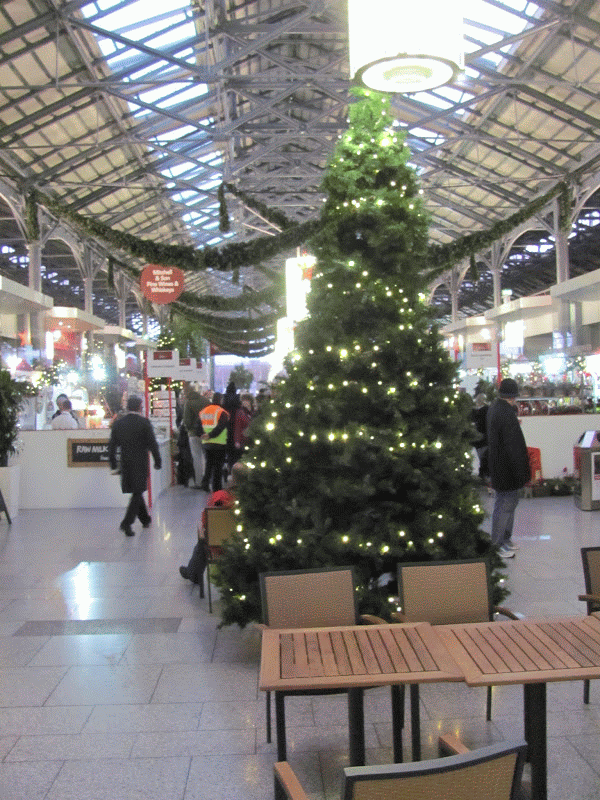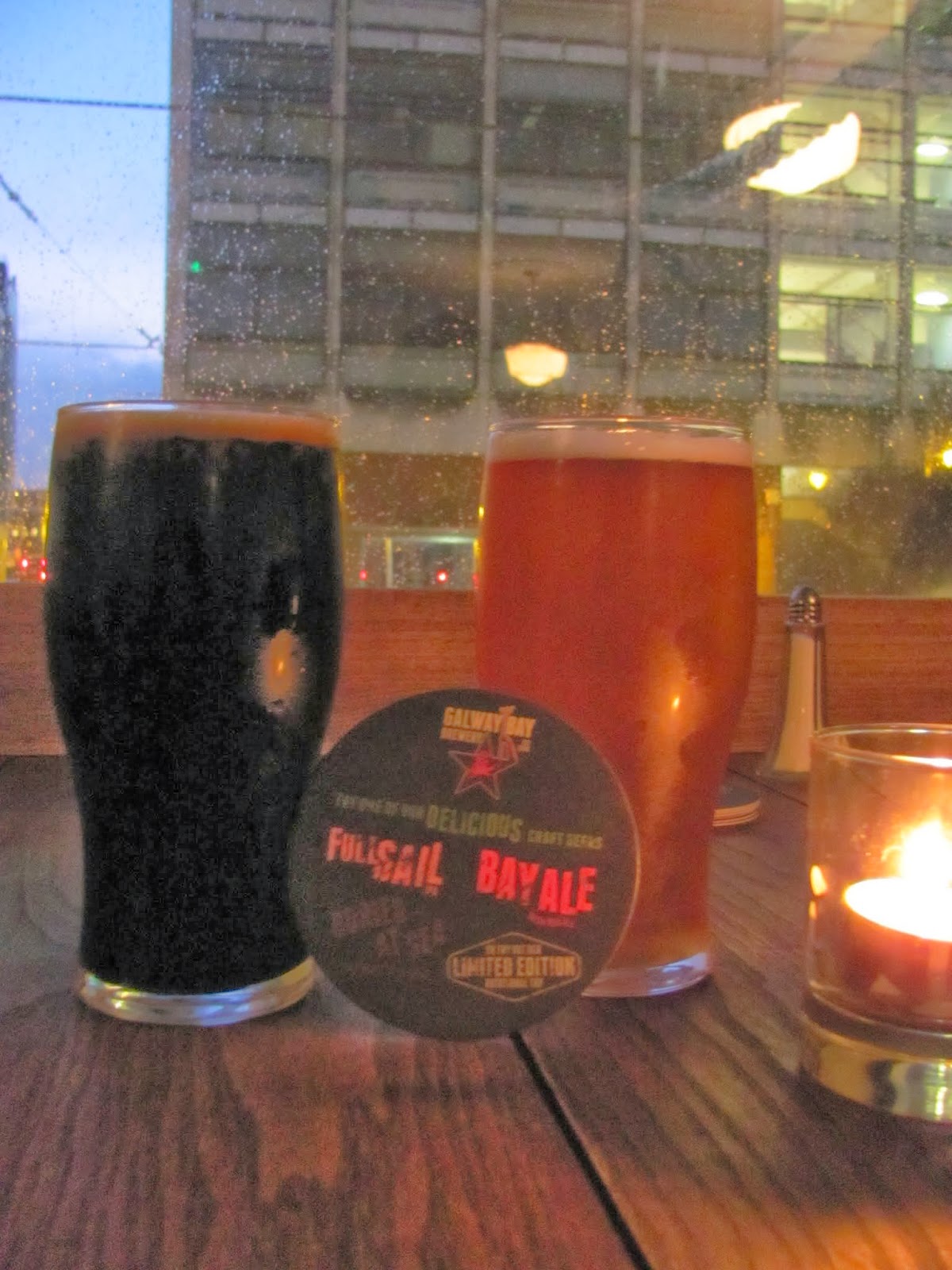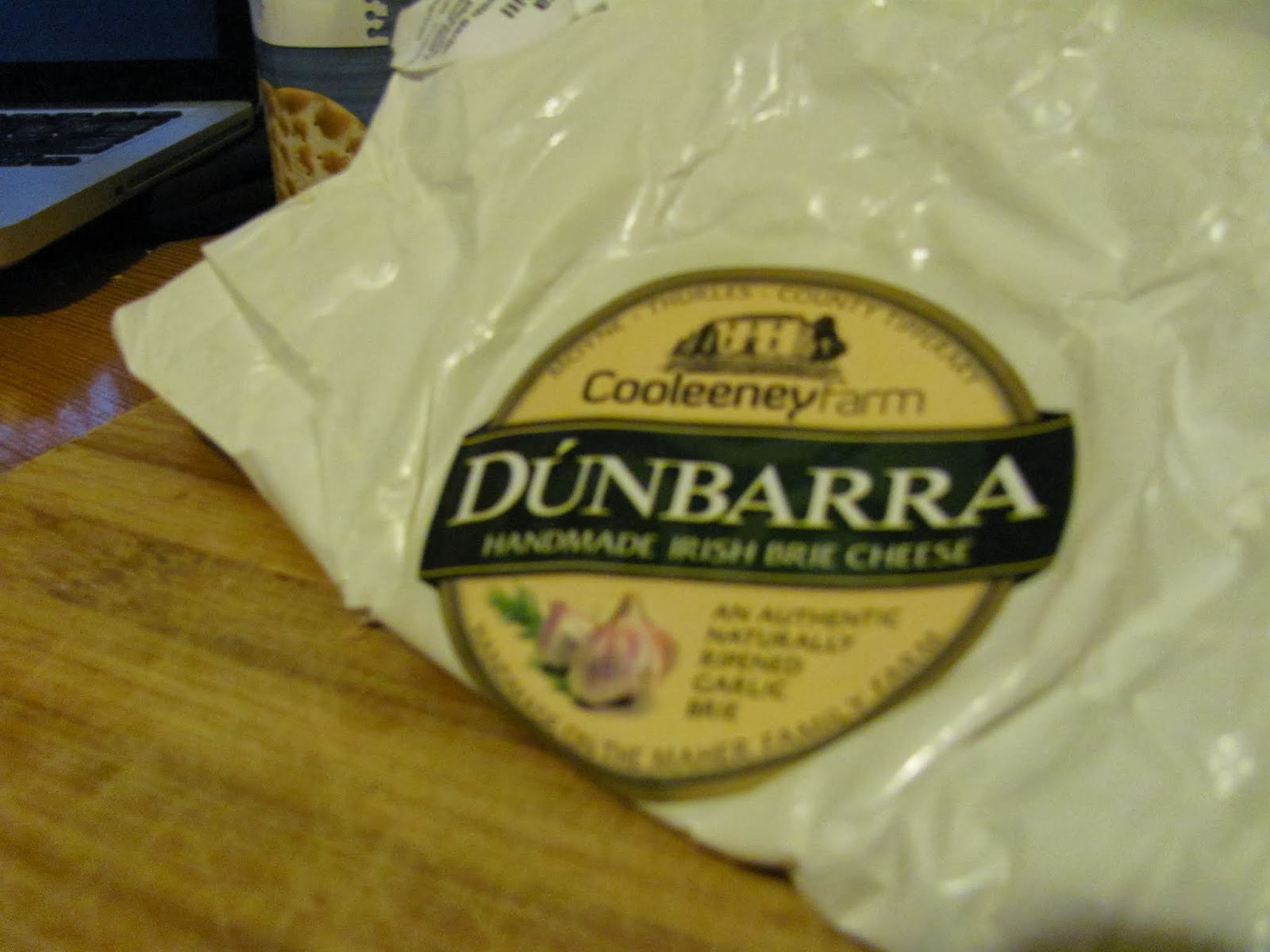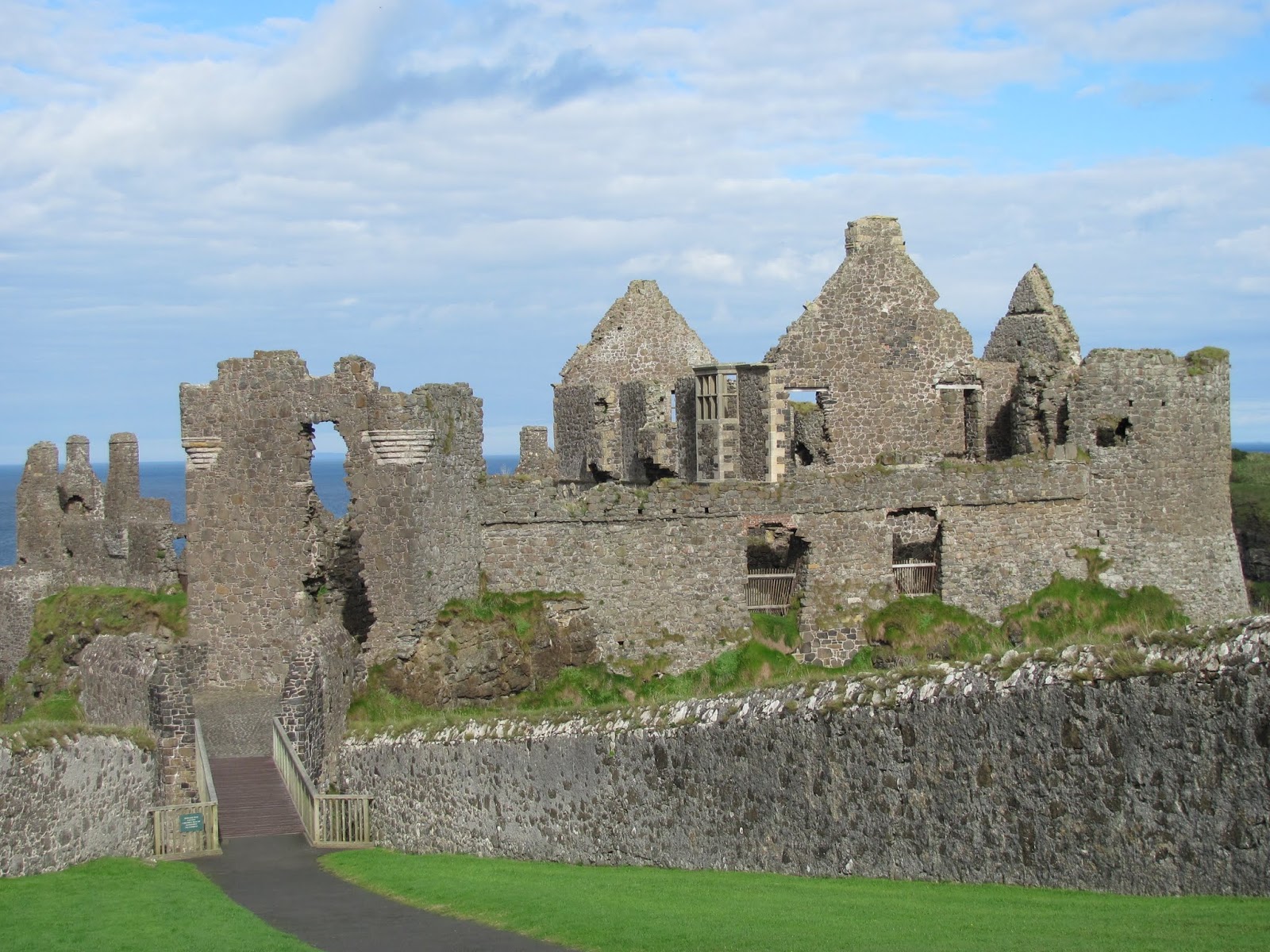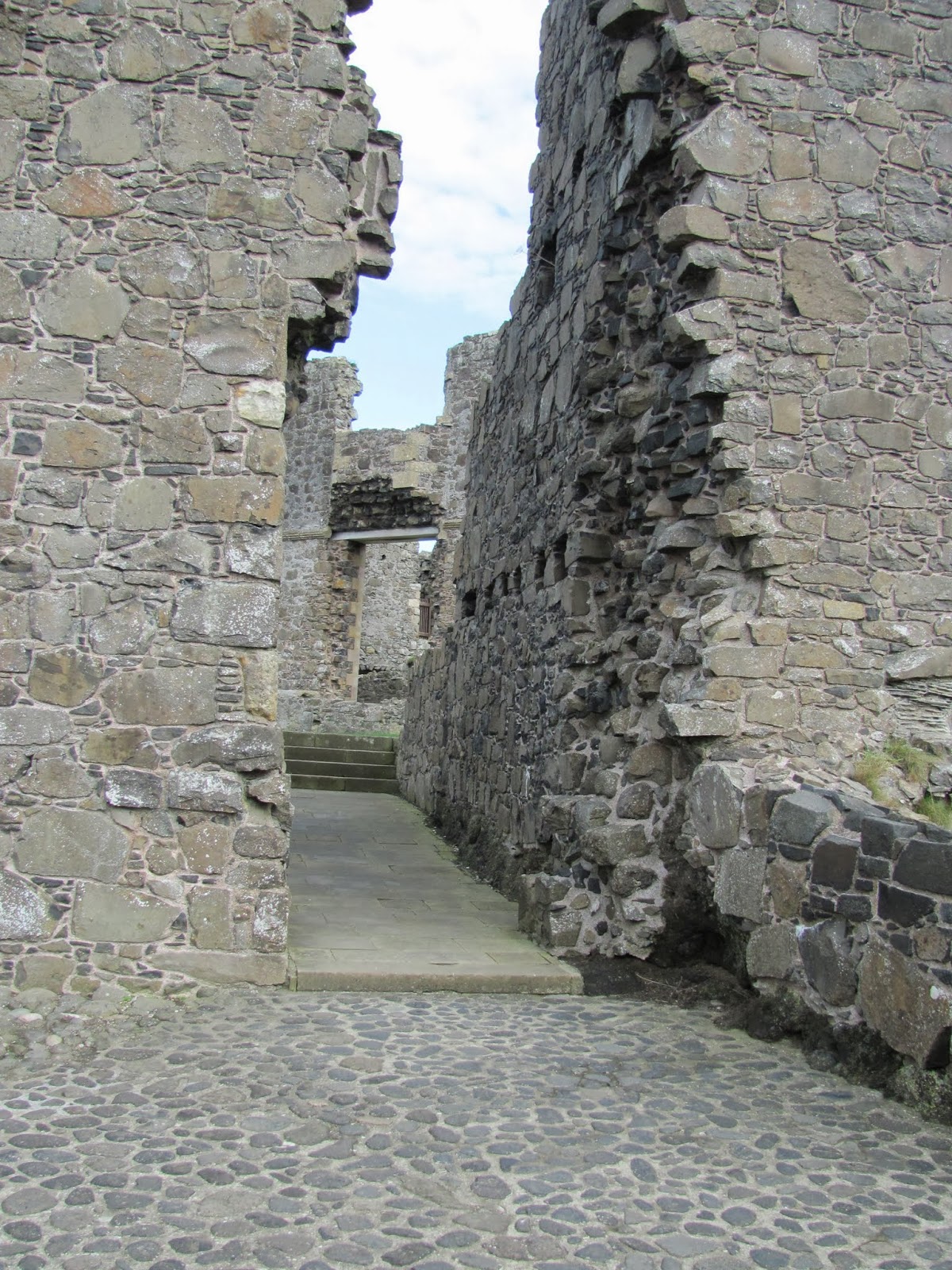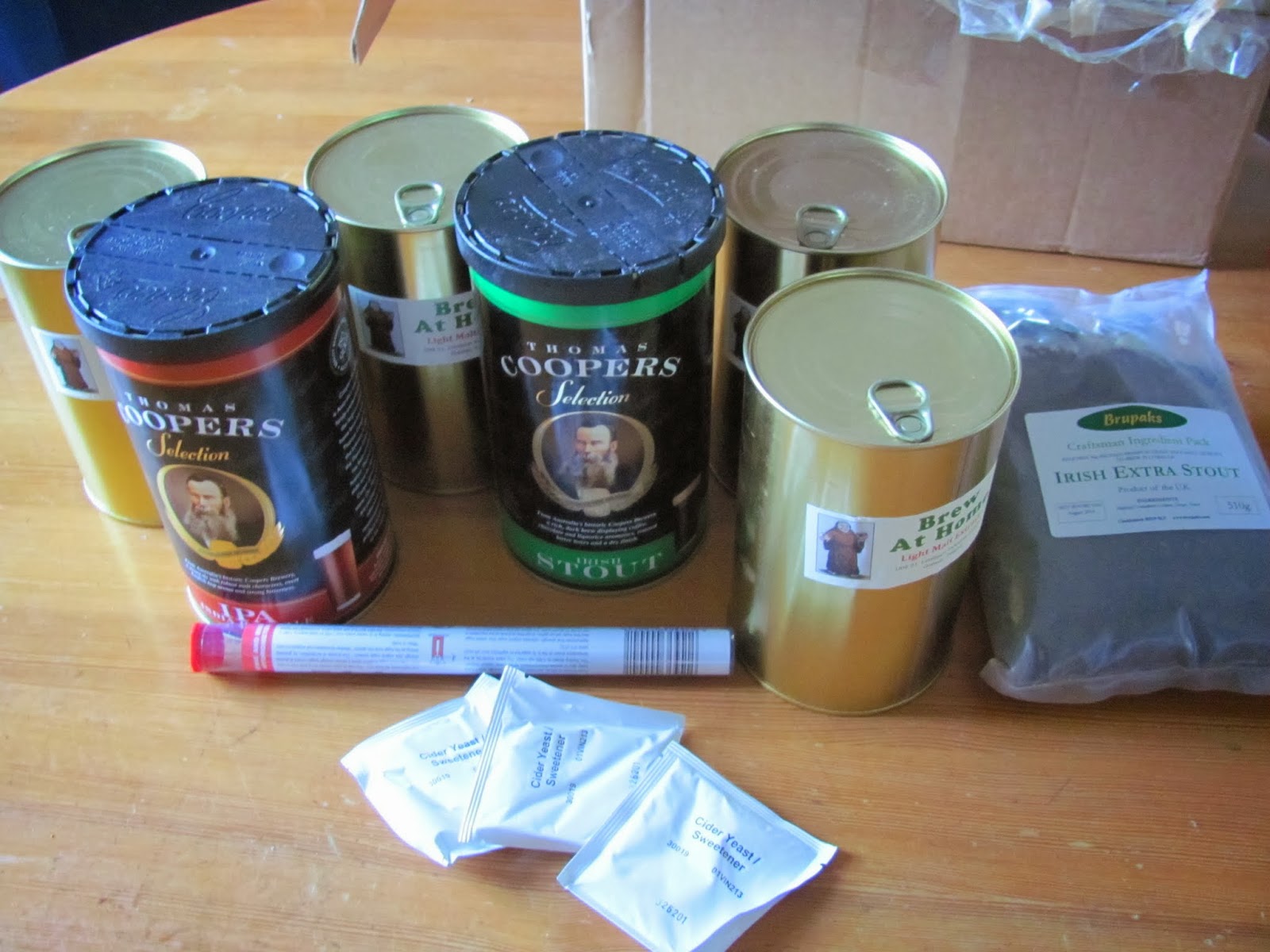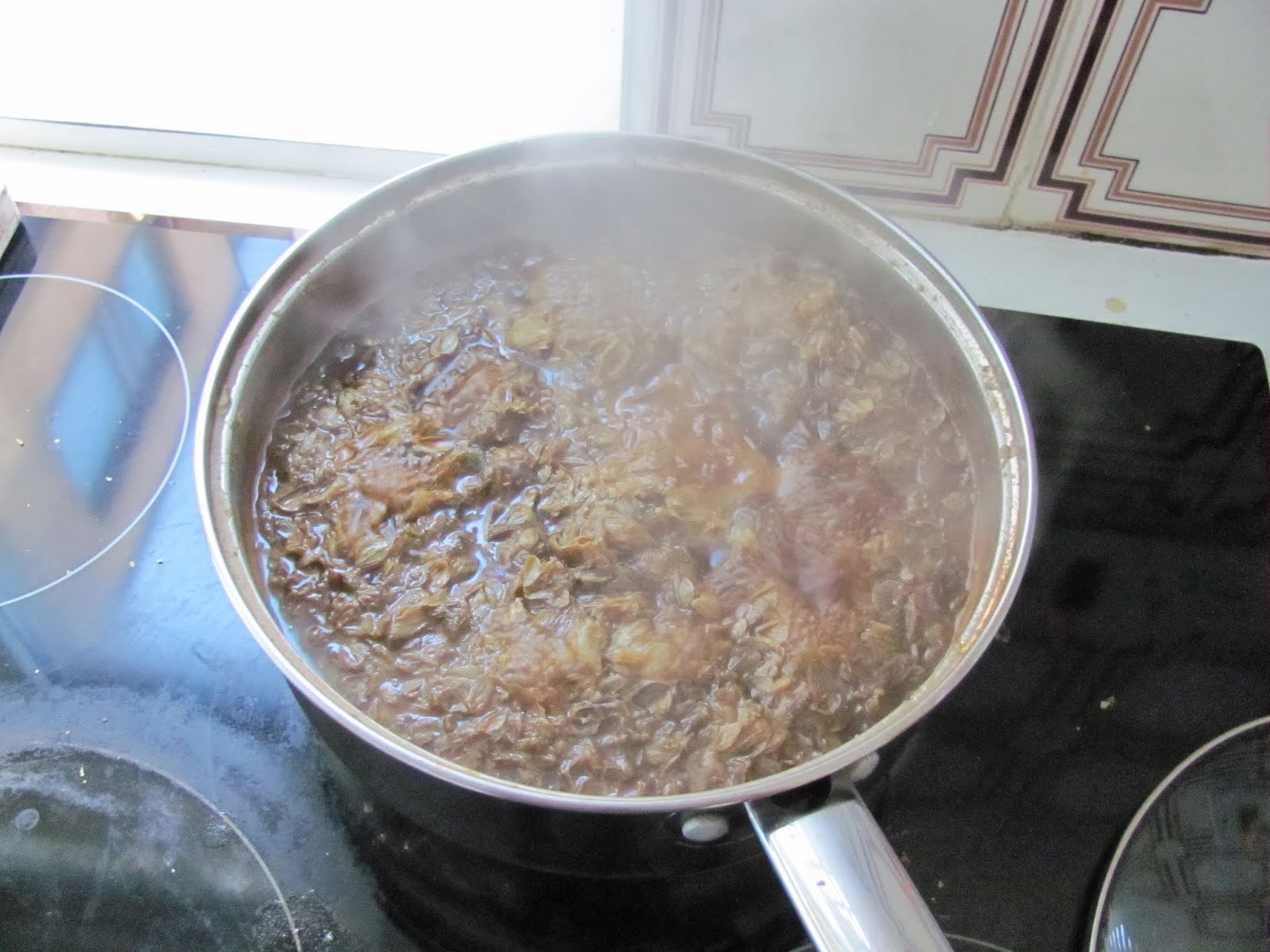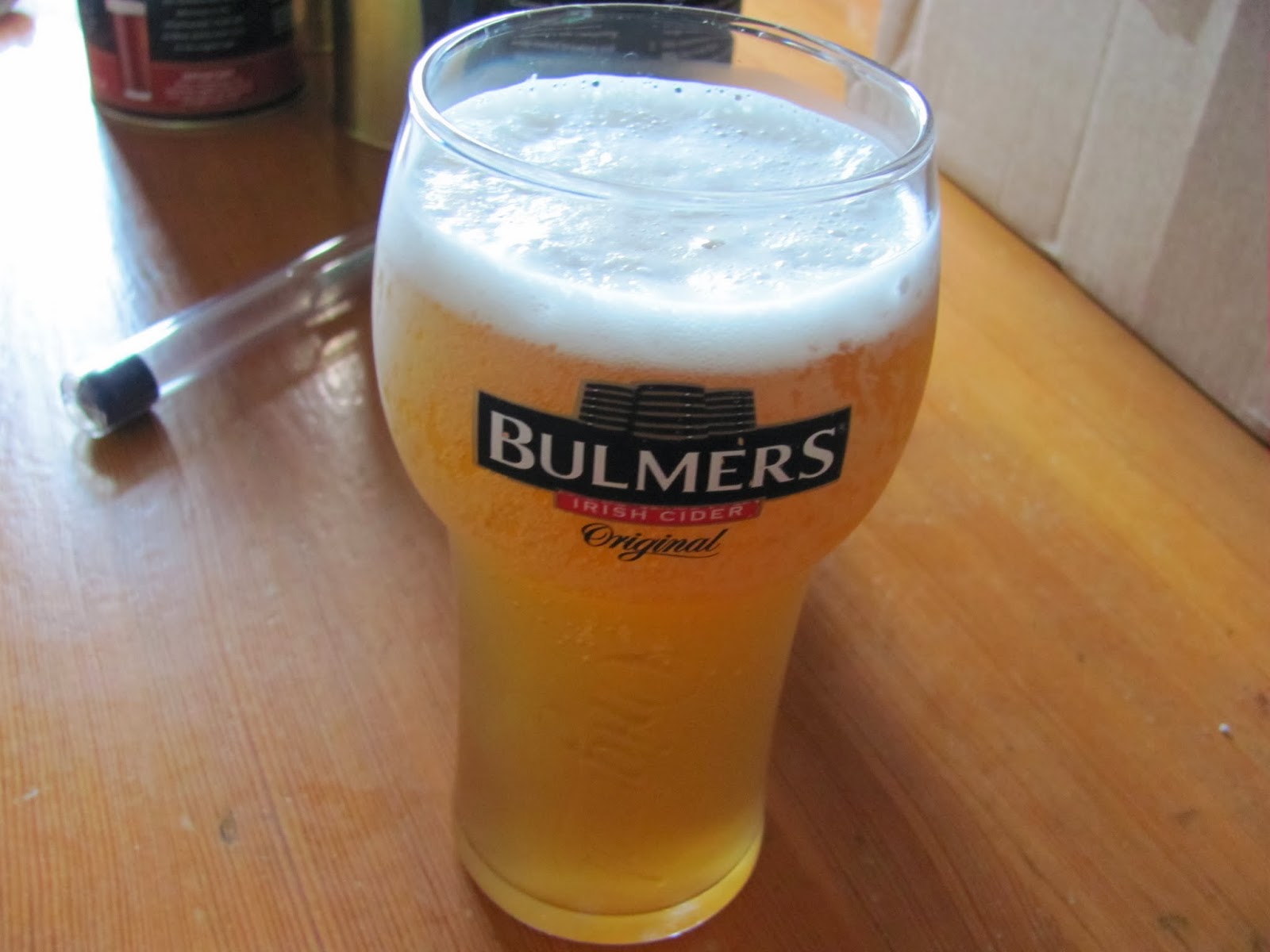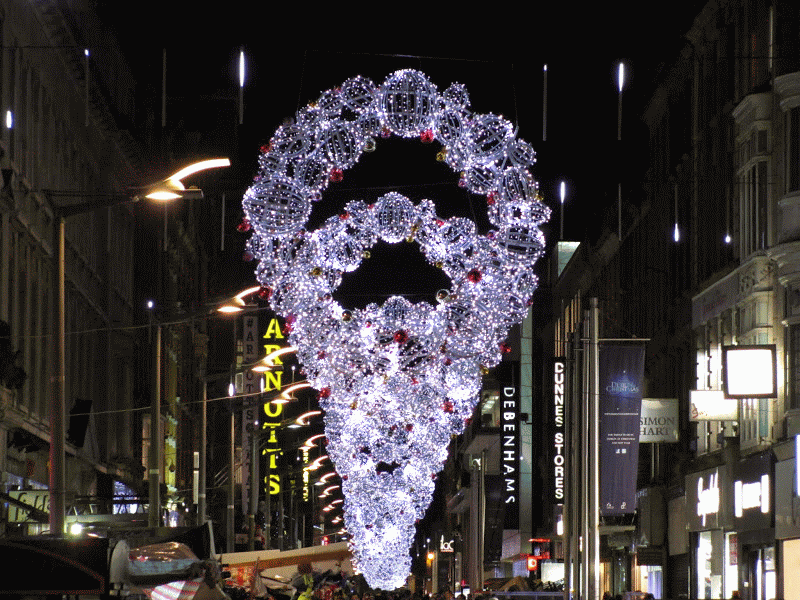Tomorrow, December 21st, is the Winter Solstice. The shortest day of the year for the most of the Northern Hemisphere, Planet Earth. The higher latitude has been one of the sneakiest changes we've noticed in our move.
Europe is located surprisingly far North to many Americans, myself included. When we were planning our European vacation last summer, I took a look at the map and was taken aback by the position of this continent. I had always heard about Western Europe having such a temperate climate, and the Mediterranean countries feel downright tropical in the summer.
When we arrived in Dublin in the high summer of July, it was immediately apparent that we were not in
Kansas Iowa any more. The sun stayed up well into the "night" hours, keeping the sky lit well past our regular bedtime. I had of course heard of baseball games played at midnight in Alaska and the six-month cycle of light and dark at the poles, but I didn't realize, until checking, that Ireland (and the rest of Europe) sits much closer to the North Pole than any of the continental United States. With the upcoming Winter Solstice, I hit the internet and did some latitudinal research. Per
timeanddate.com:
Dublin: approximately 53 Degrees N latitude. Length of day on December 21- 7h:29m:55s
Calgary, Alberta, Canada: approximately 51 Degrees N latitude. Length of day on December 21- 7h:54m:17s
Rome, Italy: approximately 41 Degrees N latitude. Length of day on December 21- 9h:07m:38s
Iowa City, Iowa: approximately 41 Degrees N latitude. Length of day on December 21- 9h:07m:09s
Lesson here- climate is connected much more with geography than with latitude. Dublin's winter is certainly nothing compared to what our friends in Calgary will see. Likewise, Southern Iowa and Southern Italy share very little but a love of good food and good wine.
Dublin, with 90 fewer minutes of daylight on the solstice than our Iowan and Italian friends will see really shows the impact of the latitude. I tried to capture with our camera the different...look... of everything with the sun so low in the sky.
 |
| Midday Shadows |
It's difficult to describe in text and even more difficult to capture with a camera, but I have and will try. The photos in this post were taken near midday about a week before the solstice. I went out to the garden of our building on a sunny day to capture the angle and color of the light on the green grass and trees here. Notice in the above photo just one splash of sunlight on the brown leaves of the hedge. All the other grass (still brilliantly green, unlike Iowa or Calgary) is in shadow.
 |
| Sunshine on the South facing hedge |
This photo of the garden trellis was taken on the South facing hedges. Notice the sunlight on the vertical hedges but not on the green grass. That grass is shaded by a fence several yards to the South. Notice just a little bit of the orange sunset-like hue on the leaves and hedges? Gone is the harsh white sunlight of high summer. Again, the camera doesn't capture it as well as the human eye.
 |
| Midday Sun |
After photographing the South side of the hedge, I simply turned around to face the sun from that same place. Normally one would not point a camera directly at the sun to snap a photo, but I wanted to record how low to the horizon the sun passes in the winter. In the above photo, the sun is partly shaded by a tree but can be clearly seen. Even just after midday, the sun passes lower to the horizon than I have ever seen at this time of day.
Contributing to the shorter days, I believe, is the presence of the
Dublin Mountains just to the South and West of the city. These modest peaks cast their shadow over the city, blocking part of the already low trajectory of the sun across the Southern sky in winter. In the above photo, the top peaks can be seen over the green hedge. Certainly the higher elevations have slightly longer days and more white sunlight during the day.
The golden color and Southern angle of the winter sun give everything a fresh and pleasing look. The greens of the grass and leaves appear brighter and more vibrant. The brown and red colors of the maple and oak leaves are naturally accented and matched by the fiery orange of the sun. Drawbacks? Well, seven hours of sunlight isn't much in the dead of winter. Daytime plans must be made carefully and finish early. Motivation to complete evening errands or chores drops with the sun. That is to say, at 4:30 p.m. Also, North facing indoor windows get very little natural sunlight in the winter, and South facing windows get burning orange sun all day long.
We were used to varying hours of daylight in Iowa, which is considered a Northern State in America, but the change wasn't quite as stark as we've seen here. At least we aren't dealing with the snow, ice, wind, and bone-numbing temperatures with our short days. I guess we should consider ourselves lucky to be here.
...And we do.




















